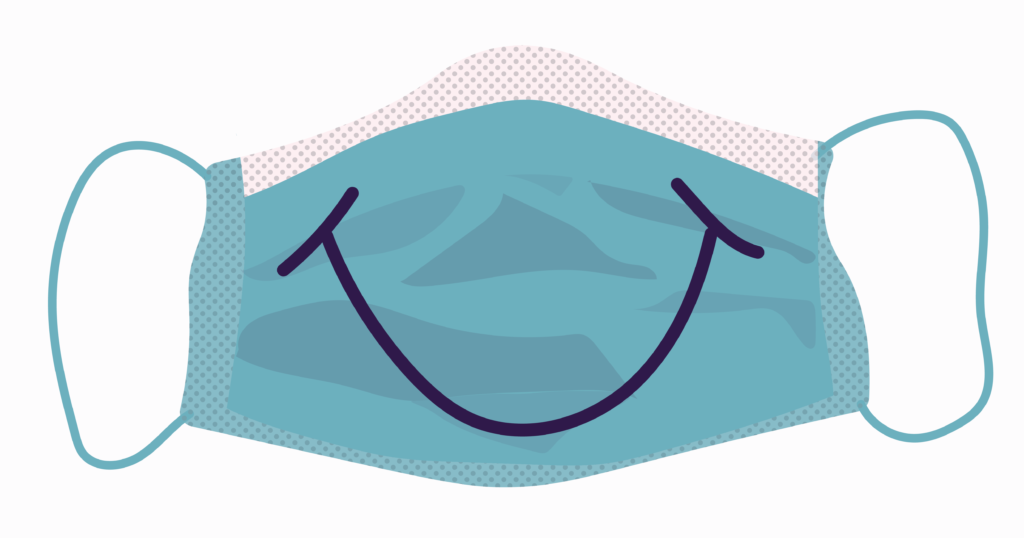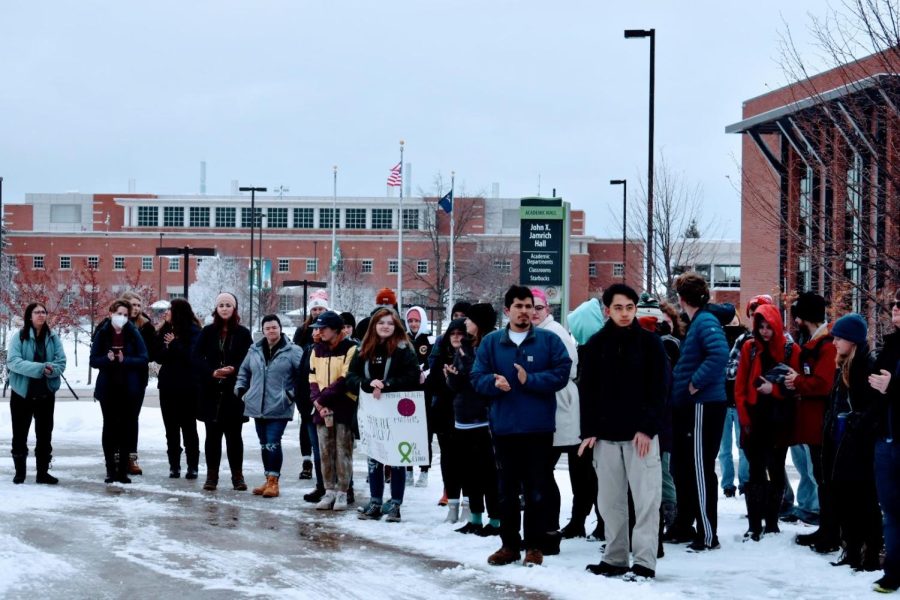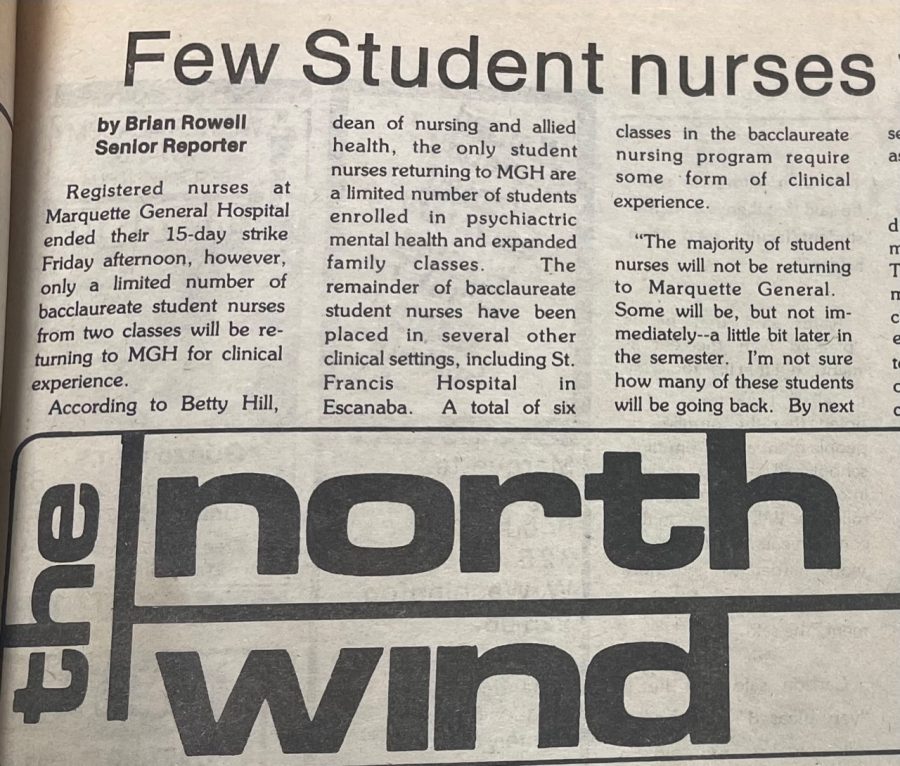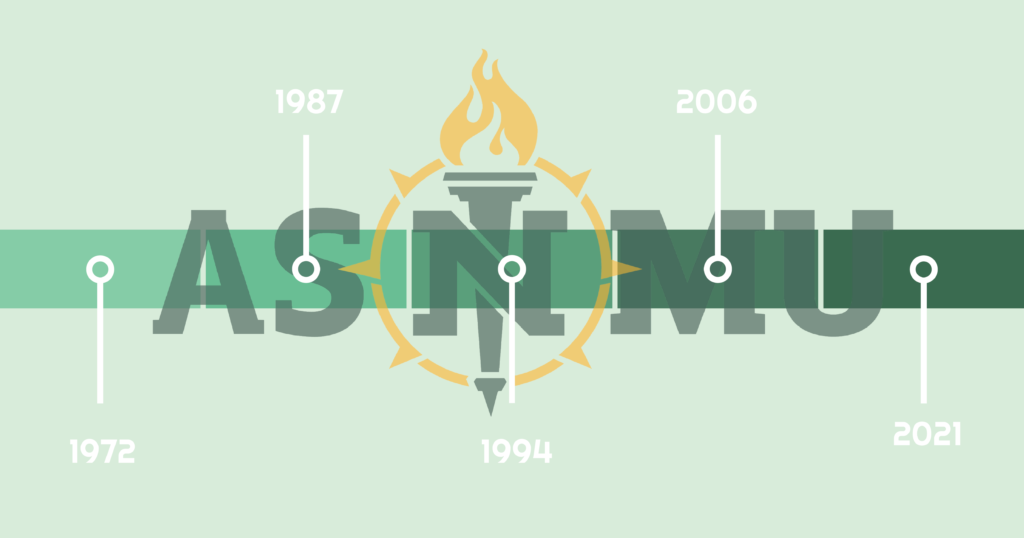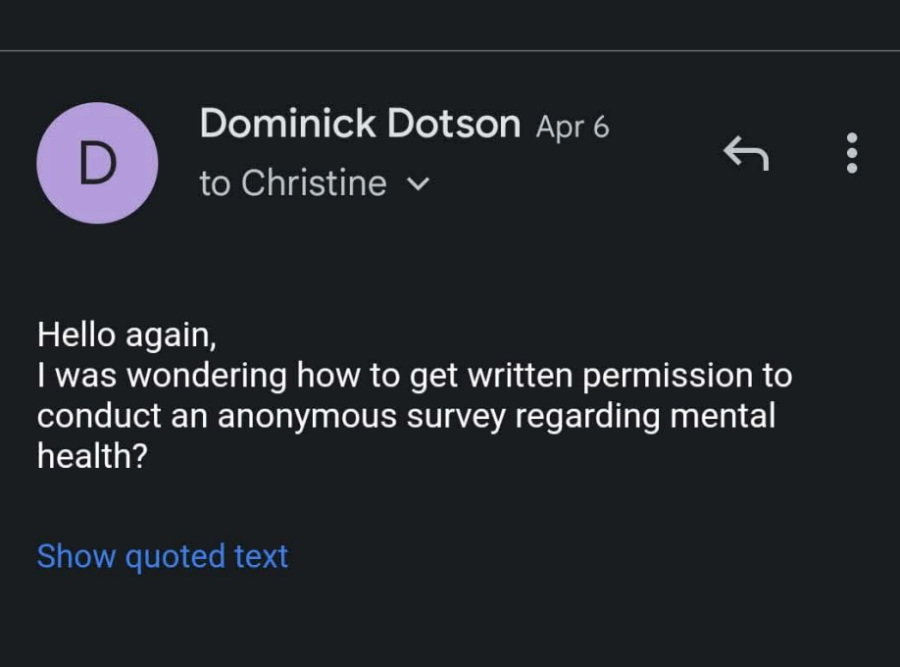While necessary for protection against COVID-19, masks seem to force a sense of anonymity. Not just because they hide more than half of the recognizable features of the face, but also because they conceal many components of our facial expressions.
As many are aware, facial expressions constitute a significant portion of our interpersonal communication. Words alone are aided by voice inflection and the muscles of our faces. However, our best efforts at COVID-19 safety have produced a side effect: less opportunity for communication via our facial expressions. Essentially only our foreheads and eyes are visible to people we meet in public.
The social smile is often used to greet people, reassure them and generally ease social interactions that might otherwise turn out pretty awkward. It’s this smile we use for coworkers, neighbors, waiters and waitresses and many other peers we encounter while out and about. We turn up the corners of our mouths to make sure the other person knows the interaction is proceeding just fine.
COVID-19 made that a lot harder. Unfortunately, “the typical social smile, which only engages the corners of the mouth, is almost impossible to read under a face covering” according to an article by the health care news outlet Advisory Board.
Personally I encounter this problem often when I’m picking up food from Northern Lights Dining. As a pretty awkward, anxious person, I’ve realized I rely heavily on the social smile to make sure people know I’m not trying to be aloof or rude when I’m quiet. When I ask for scoops of food from the dining hall, I struggle to make known my gratitude for the people behind the counters.
As the months wear on, and I become more used to the face covering, I’ve noticed that when I want to make sure people know I’m smiling I crinkle up the corners of my eyes. Others do this too. I’ve begun to recognize it as the new social smile.
Turns out this is a type of smile with a name: the Duchenne smile, once thought to be an un-fakable type of smile which only resulted from pure joy. The Duchenne smile, named after the psychologist who first researched it, results from the orbicularis oculi muscle near the eyes along with the zygomatic major near the mouth, according to the Association for Psychological Science. That’s why it results in crinkling in the corners of the eyes.
For Americans, making the adjustment to recognizing the Duchenne smile in the eyes rather than the more accepted big grin in the mouth is quite difficult. Some even worry that without uncovered faces, the lack of social smiles could lead to potentially consequential misunderstandings. For example, according to an article by the New York Times, there is a significant fear that masks will increase the likelihood of racial profiling against black men.
In other cultures, such as those in East Asia where masks have been used more commonly, perceptions of facial expressions are focused more on the eyes than on the mouth, according to research published in Stanford News. For areas where religious face-coverings like Niqabs are commonly worn, people also have more experience reading eyes for social cues.
All this to say, it’s worthwhile to be conscious of what nonverbal communication is still possible despite the masks which help keep us safe. It just takes a little more attention, and perhaps a little practice at an on-demand Duchenne smile, to let people know you care.
Editor’s Note: The North Wind is committed to offering a free and open public forum of ideas, publishing a wide range of viewpoints to accurately represent the NMU student body. This is a staff column, written by an employee of the North Wind. As such, it expresses the personal opinions of the individual writer, and does not necessarily reflect the position of the North Wind Editorial Board.






















